When accidents happen, knowing the fundamentals of first aid can make a world of difference. Whether it’s a minor scrape or a more serious injury, having the right skills can help you stay calm and collected. First Aid Basics Everyone Should Know is an essential guide that dives into the core practices everyone should be familiar with to handle emergencies effectively. In the realm of wellness and self-care, these skills are invaluable—offering both care for others and peace of mind for yourself.
This blog post is not just a resource for first-time learners; it’s a call to action for everyone to refresh their knowledge. In our fast-paced lives, wellness often takes a backseat, but knowing basic first aid skills can save lives and reduce recovery time for the injured. With these skills, you are better prepared to handle unexpected emergencies and support your community and loved ones in their time of need.
Why First Aid is Crucial for Wellness and Self-Care
Before diving into the mechanics of first aid, let’s explore why it’s critical to our overall wellness and ability to care for ourselves and others. Understanding the relevance of first aid in daily life underscores its importance as a fundamental aspect of holistic health.
The Connection Between First Aid and Wellness
At its core, first aid is a critical component of personal and community wellness. It ensures that minor injuries do not escalate into serious conditions, reducing long-term health complications. Knowing first aid is an empowering self-care practice that can enhance your confidence and capability in managing adverse situations. Keeping yourself and others safe is a key part of wellness because it ensures the continuity of a healthy, productive life.
Furthermore, efficient first aid minimizes the need for long hospital stays, further emphasizing its role in maintaining mental and emotional health. With minimized stress and uncertainty, individuals and families can thrive better.
Explore how community wellness initiatives can improve your overall health
First Aid as a Tool for Self-Care
Self-care goes beyond spa days and meditation. It’s about being prepared and taking proactive steps to protect and nurture yourself in every situation. By learning first aid, you are effectively investing in your safety. This preparedness is essential not just for peace of mind, but it also reduces anxiety and helps maintain a balanced and composed outlook even amid emergencies.
In emergency situations, the ability to provide immediate care can significantly stem the tide of panic, allowing both yourself and others to manage stress levels effectively. This capability enhances resilience, an important trait for self-care and emotional well-being.
Core First Aid Skills Everyone Should Learn
Understanding the basic principles and methods of first aid can empower anyone to provide essential care in the critical moments following an injury or sudden illness. Here, we break down the key first aid skills everyone should know.
CPR and Chest Compressions
Cardiopulmonary resuscitation (CPR) is one of the most vital first aid skills you can learn. It is crucial for maintaining vital blood flow to the heart and brain in emergencies such as cardiac arrest.
- Ensure the person is lying on a firm, flat surface.
- Kneel beside them and place the heel of your hand on the lower half of their breastbone.
- Place your other hand on top and interlock your fingers. Position yourself directly over the chest and press down hard and fast.
- Perform 30 chest compressions followed by two rescue breaths if trained, and then repeat.
Remember, timely CPR can double or triple a cardiac arrest victim’s chance of survival, making it an indispensable life-saving tool. Practice consistently to master the rhythm and technique.
Wound Cleaning and Bandaging
Understanding proper wound care is crucial to prevent infection and promote healing. This skill is essential not only for major injuries but also for commonplace cuts and scrapes.
- Begin by washing your hands thoroughly with soap and water.
- Rinse the wound under clean water, removing any dirt or debris.
- Apply an antiseptic to minimize the risk of infection.
- Cover the wound with a sterile bandage or dressing to keep it clean, changing it daily or whenever it becomes wet or dirty.
Pro Tip: Keep a well-stocked first aid kit ready for emergencies. Regularly check and replenish its contents.
Learn more about maintaining an effective first aid kit
Managing Sprains and Strains
Sprains and strains are frequent injuries that can happen anytime, especially during sports or physical activities. Quick and correct first aid can significantly improve recovery times.
- Use the R.I.C.E method: Rest, Ice, Compression, and Elevation.
- Ice the area immediately to reduce swelling and pain.
- Compress with an elastic bandage but avoid wrapping it too tightly, as this can hinder circulation.
- Keep the injured limb elevated above the heart level to minimize swelling.
This simple technique minimizes inflammation and initiates the healing process quickly, serving as both an immediate and preventive measure against further injury.
Frequently Asked First Aid Questions
How Often Should I Refresh My First Aid Skills?
It’s advisable to renew your first aid skills and knowledge every two years. Taking refresher courses helps keep you up-to-date with the latest protocols and techniques, ensuring effectiveness during emergencies.
Being well-versed in first aid techniques means being prepared for the unexpected, a valuable benefit aligned with our comprehensive guide to mental wellness.
Can I Learn First Aid Online?
Yes, numerous reputable organizations offer certified first aid courses online. These programs often combine video instruction with quizzes to ensure understanding and retention of material, making it easier than ever to become competent in first aid from the comfort of your home.
However, practical experience is always advantageous. If possible, supplement your online learning with a hands-on session to practice your skills.
Key Takeaways
Knowing first aid basics isn’t merely about acting heroically during crises; it’s about fostering an environment where everyone feels safe and cared for. Comprehensive skills in CPR, wound care, and managing common injuries like sprains ensure you’re well-equipped to handle unexpected events effectively. Moreover, integrating these practices into your self-care routine enhances your wellness lifestyle, promoting a balanced and life-ready mentality.
Your enhanced competency and readiness not only benefit your personal wellness but contribute significantly to your community’s well-being, showcasing the interconnected nature of individual and collective health.
Call to Action
We’d love to hear your thoughts on first aid and wellness. Have you ever been in a situation where first aid was a game-changer? Share your experiences in the comments below!
For more insightful topics about wellness and self-care, don’t forget to subscribe to our newsletter. Together, let’s continue fostering a community of informed and prepared individuals.
Share this post with friends and family to spread the knowledge and encourage more people to empower themselves with these life-saving skills!
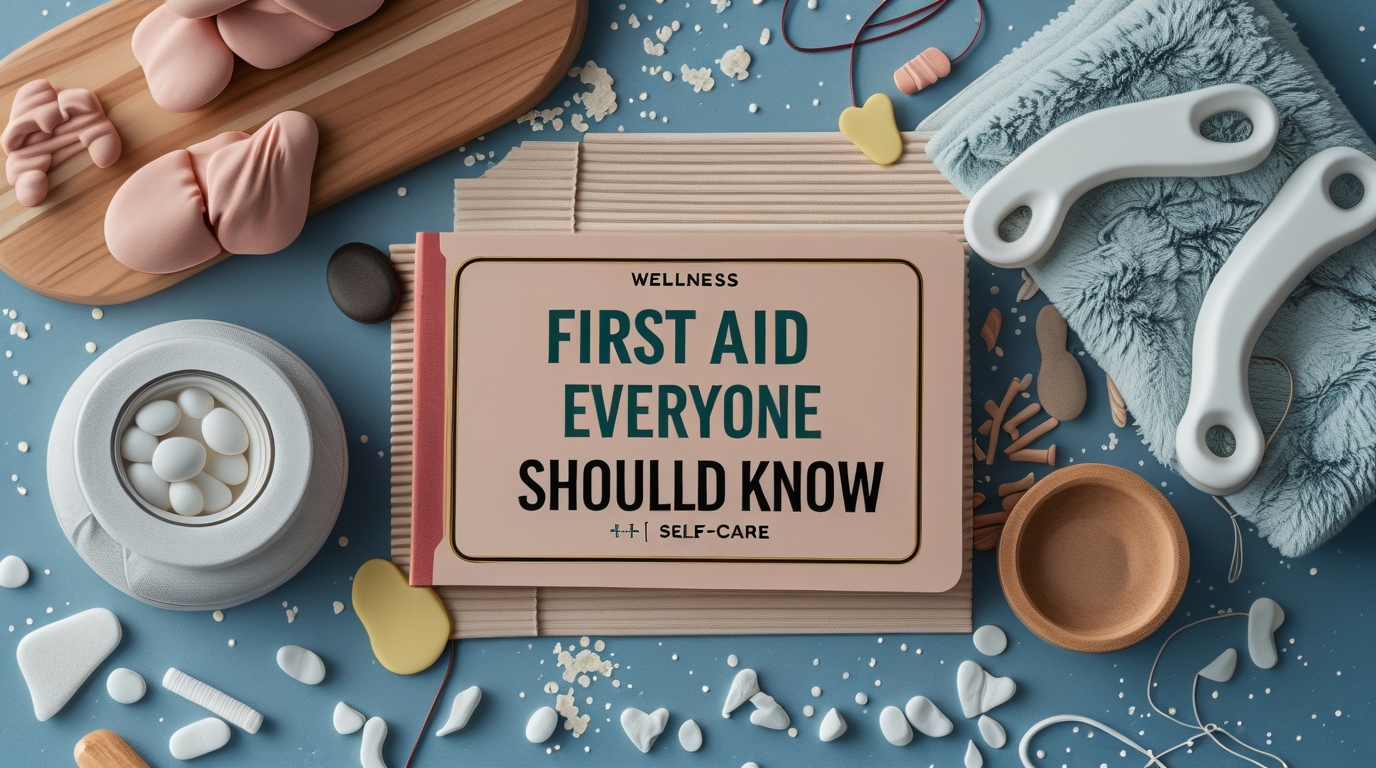
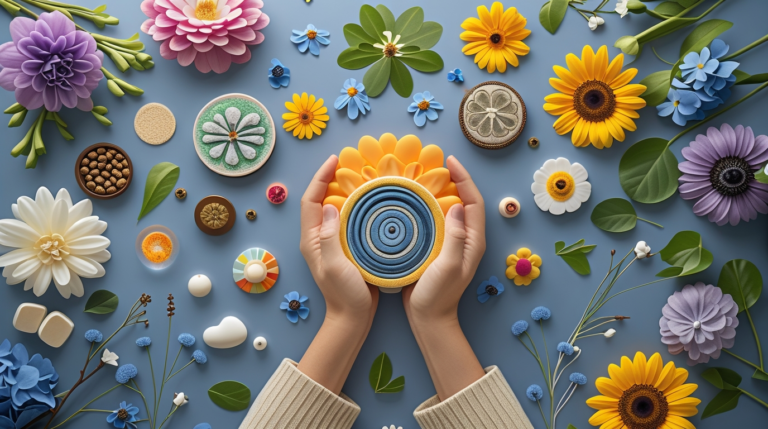
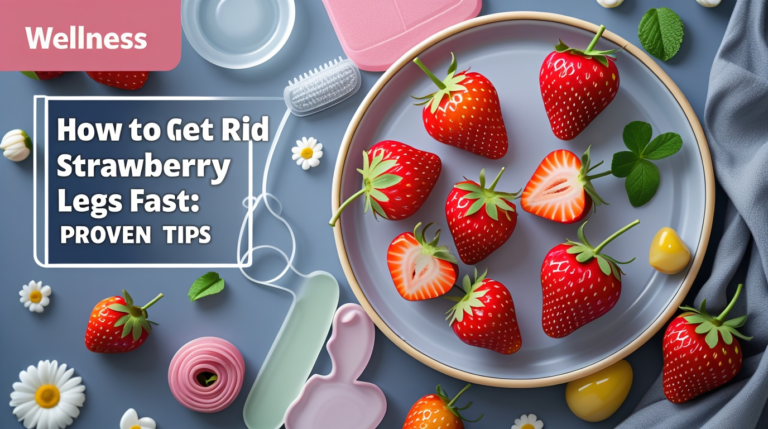
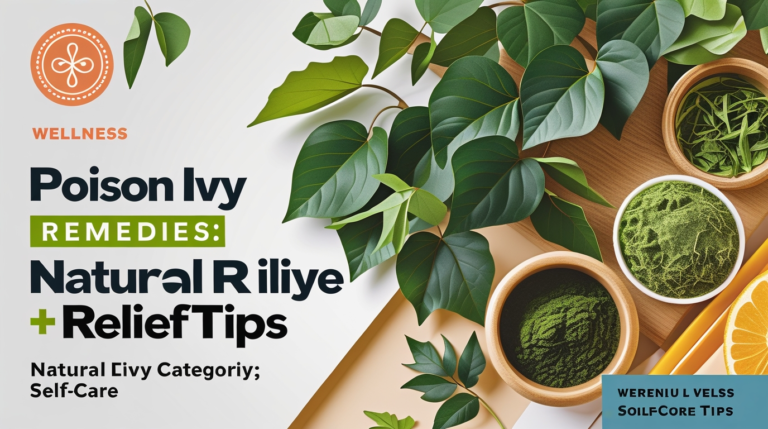
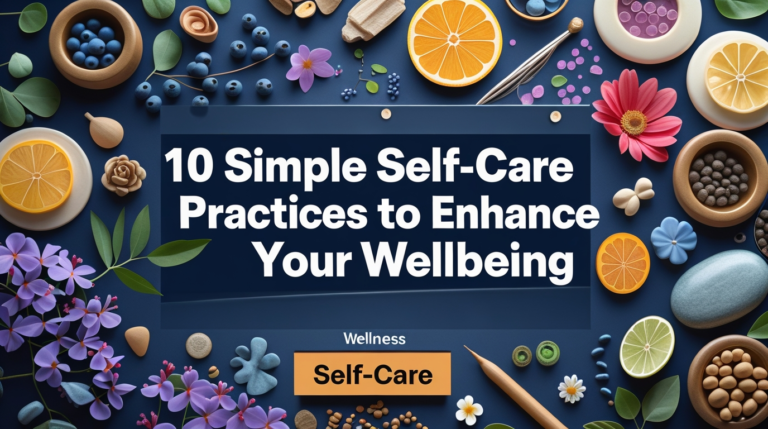
Leave a Comment